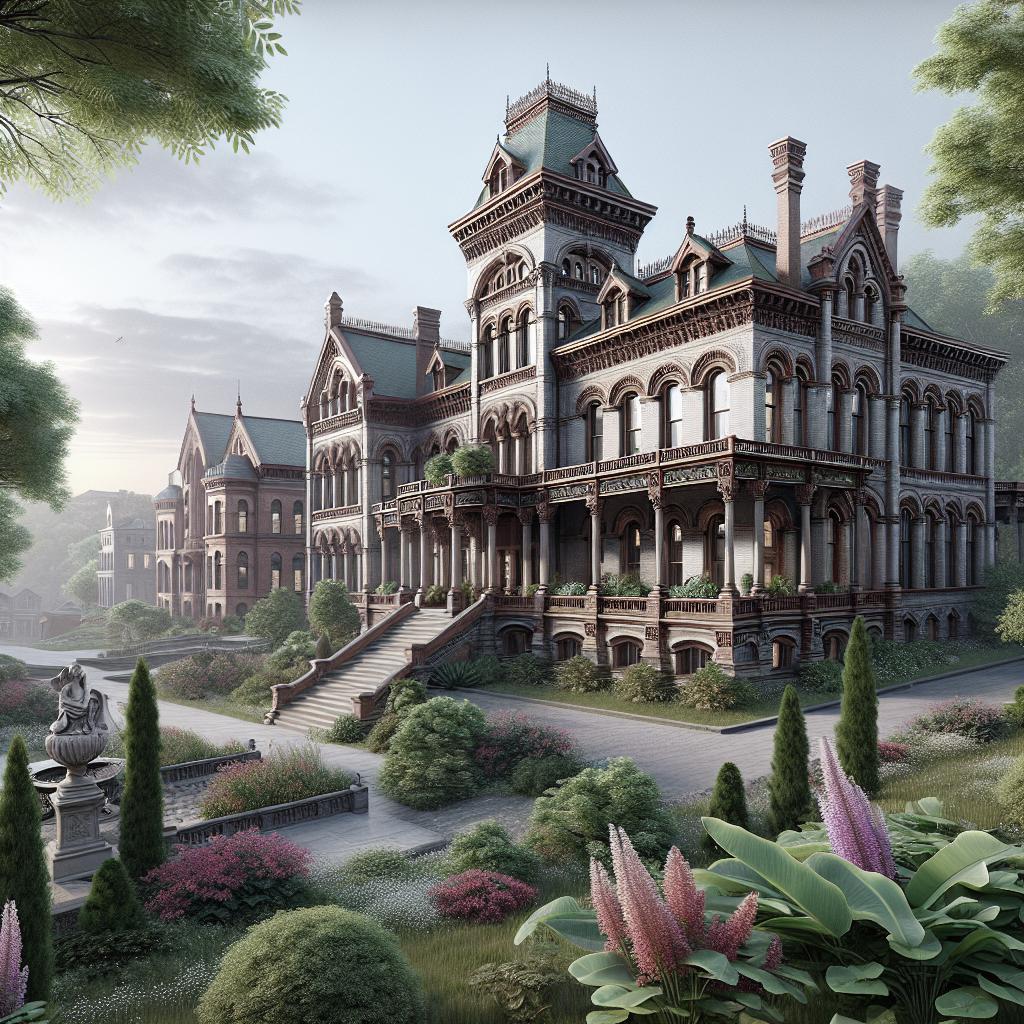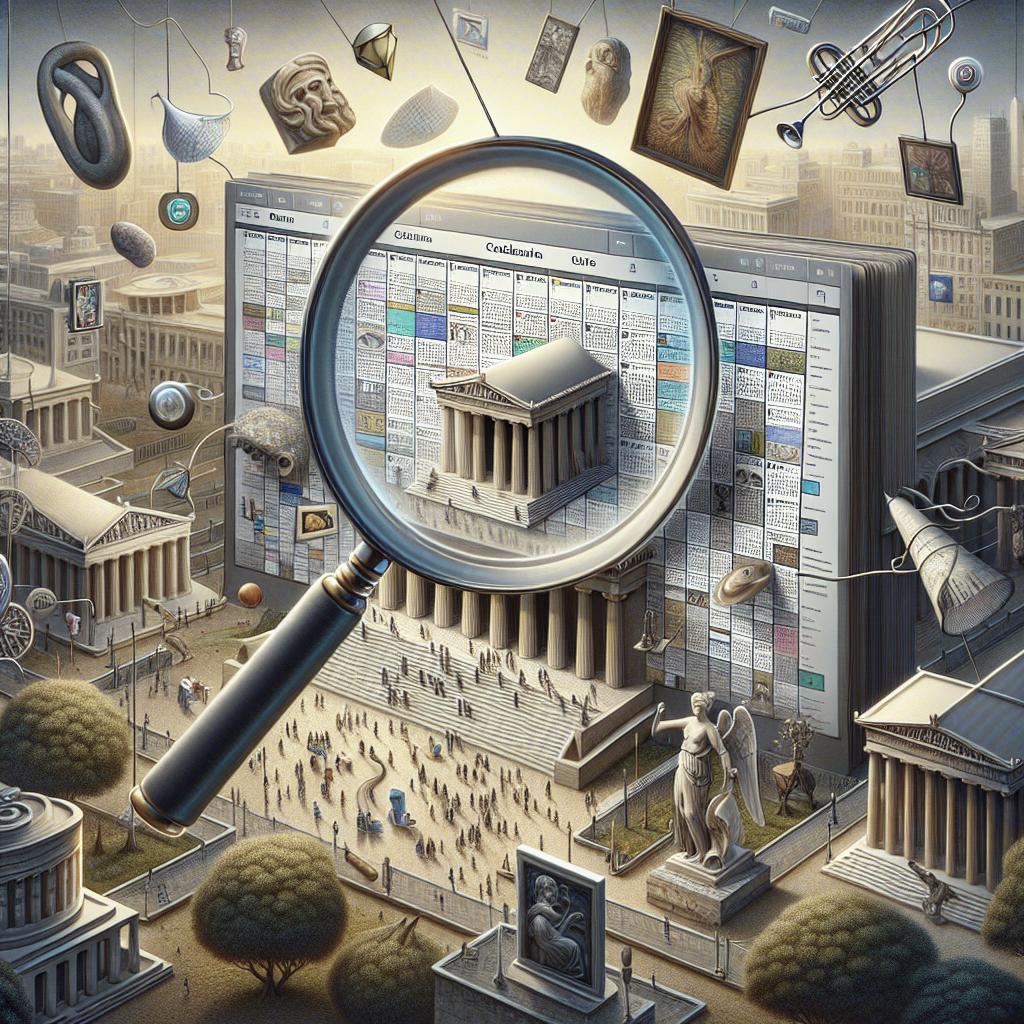“`html
Located in the heart of Michigan’s Upper Peninsula, the Iron County Historical Museum is a testament to the rich history and culture of the region. This blog post delves into the museum’s historic buildings, offering an insightful journey into the past. From fascinating facts to nearby attractions, and sources for further reading, this comprehensive piece ensures you have all the information necessary to appreciate the significance of this heritage site. Whether you’re a history buff or simply curious, this guide will enrich your understanding of the Iron County Historical Museum’s pivotal role in preserving legacy.
Become an Atlas Obscura member and experience far fewer ads and no pop-ups.
The Iron County Historical Museum truly offers an immersive experience without the distractions of intrusive ads and pop-ups. By becoming a member of Atlas Obscura, you can enjoy uninterrupted access to detailed narratives, engrossing stories, and exclusive content that brings history to life. Membership allows history enthusiasts to explore historic sites like Iron County Historical Museum in a more engaging and profound way.
In an era where advertisements can dilute the quality of online content, an Atlas Obscura membership ensures a superior browsing experience. As supporters of educational content, members contribute directly to the preservation and dissemination of history. This commitment ultimately enhances our collective understanding of the past, encouraging richer storytelling and greater appreciation for historical landmarks.
Facts
The Iron County Historical Museum is Michigan’s largest outdoor museum. It spans over 26 buildings, each showcasing different facets of life and industry during the region’s peak mining and logging eras. Among these structures, the Lee LeBlanc Wildlife Art Gallery covets special attention as it houses art pieces that capture the essence of Michigan’s natural beauty and history.
Another notable structure is the Pinkerton School, providing a glimpse into the educational practices of the early 20th century. The Ajibikoka Red Ochre Pavilion, dedicated to Native American culture, offers an immersive experience into the traditions, crafts, and lives of the region’s original inhabitants. The entire museum serves as a cultural repository, illustrating the multifaceted history of Iron County.
What’s Nearby
While the Iron County Historical Museum is a destination in itself, the surrounding area also boasts several attractions worth visiting. Just a short drive away is the Iron River, a beautiful site for fishing, kayaking, and nature walks. This scenic spot offers a contrast to the historical experience, allowing visitors to enjoy the natural beauty that defines much of Michigan’s Upper Peninsula.
For those interested in further historical exploration, the nearby town of Crystal Falls offers additional landmarks such as the Harbour House Museum and Tall Pines Preserve. Each site provides unique insights into the technological and social advancements of the area, ensuring that there’s plenty to discover and appreciate beyond the museum’s gates.
Citation
Understanding and appreciating historical sites like the Iron County Historical Museum requires thorough research and reliable sources. Numerous academic articles, local histories, and archival materials contribute to the repository of knowledge about this iconic museum. Key sources include Iron County Historical Society publications and regional history books available in local libraries and bookstores.
A visit to the Michigan Historical Review archives can also provide valuable context and depth to the stories represented at the museum. These citations not only validate the information but also enable further exploration for those keen on diving deeper into the history of Iron County.
Print Source
Printed resources remain invaluable for those seeking detailed narratives and analyses of Iron County’s history. The “Iron County Centennial Yearbook” and “The History of Iron County” are foundational texts that provide extensive accounts of the area’s development, notable figures, and historical events. These books are often available for purchase at the museum’s gift shop or local bookstores.
Additionally, the museum has published its own series of guides and booklets that offer curated insights into its collections and exhibits. Visitors interested in taking a piece of history home with them will find these print sources to be informative mementos of their visit.
Large pioneer village showcasing life during boom times.
The Iron County Historical Museum’s expansive pioneer village is a standout feature, transporting visitors back to the boom times when iron mining and logging were at their peak. Each building within the village has been meticulously preserved to reflect the living conditions, tools, and everyday activities of the period, creating an authentic window into the past. The village includes a blacksmith shop, a general store, and even a log cabin, each filled with period-appropriate artifacts and displays.
Special events and reenactments occasionally take place within the village, bringing history to life and offering dynamic educational experiences for visitors of all ages. These events often coincide with historical anniversaries and celebrations, making them an excellent opportunity for immersive learning and engagement with the region’s past.
| Section | Summary |
|---|---|
| Atlas Obscura Membership | Encourages memberships for ad-free, immersive historical content and better browsing experiences. |
| Facts | Highlights major attractions within the museum, such as the Lee LeBlanc Wildlife Art Gallery and Pinkerton School. |
| What’s Nearby | Discusses nearby attractions like Iron River and Crystal Falls that complement a visit to the museum. |
| Citation | Emphasizes the importance of reliable sources like local histories and academic articles for understanding the museum’s significance. |
| Print Source | Mentions key printed materials available for further reading, including guides, yearbooks, and history books. |
| Pioneer Village | Describes the meticulously preserved pioneer village that provides a vivid picture of life during Iron County’s peak industrial period. |
“`


